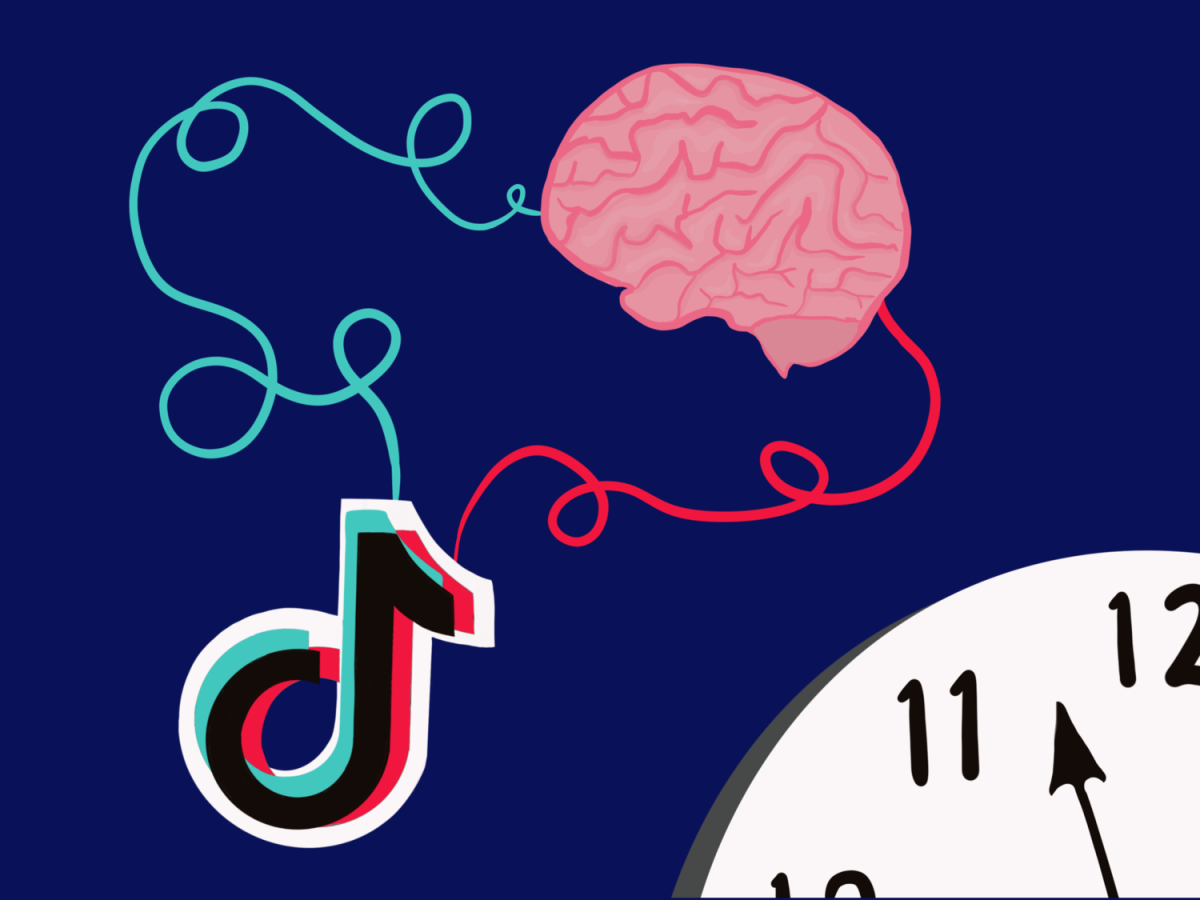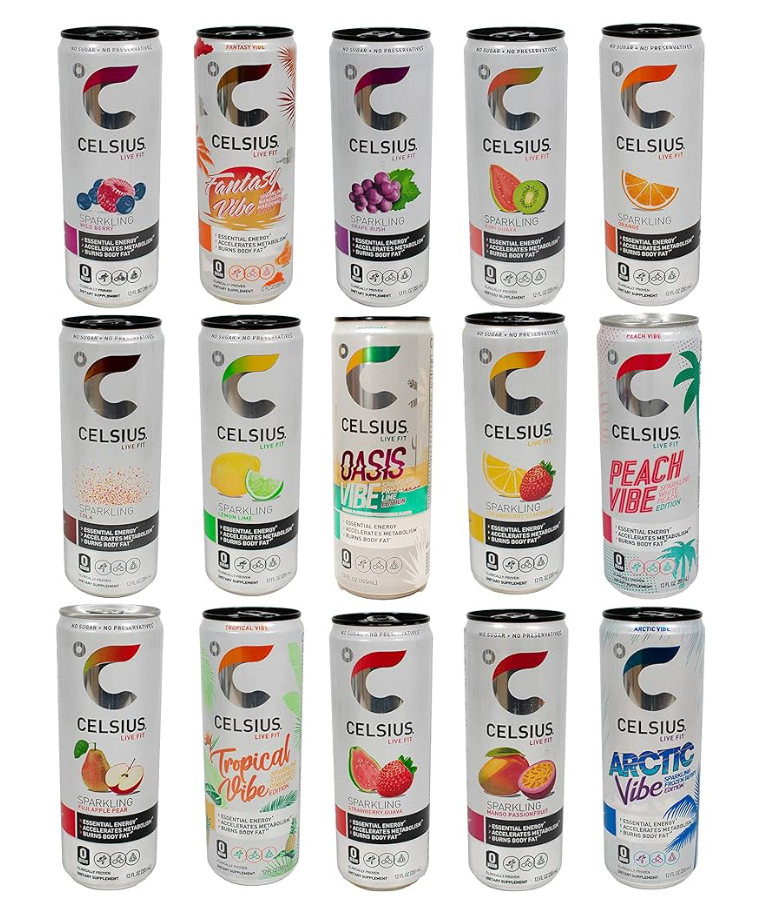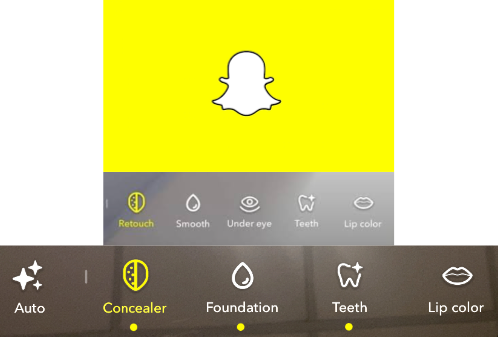As technology continues to advance, the next generation of brain development is being drained with over-consumption of media. In the social media age, the dopamine receptors are impacting the mental block that’s present within the human brain. This mental barrier is not coming from nicotine or another neurotransmitter, but in the long run could possibly be worse. The constant hits of dopamine are a problem, but what is causing them?
In March 2012, TikTok’s parent company formed, ByteDance, and immediately started playing with algorithms to show the users what they want to see. TikTok exhibits the final product of these algorithms developed. When a user shows any interaction with a video, such as leaving a like or watching it all the way through, this algorithm processes that as the user enjoying that content and wanting to see more of it. TikTok will then push out more of that same content until every video the user watches is something that they seemingly will enjoy, but why is this a problem? No matter where you are, what you’re doing, you always have your phone.
On Jan. 17, 2017, a popular social media platform that specializes in short form video content, Vine, shut down. This led competitors to seemingly foam at the mouth and begin their goal to fill that market spot on the App Store. Eventually, a major leader emerged by the name of TikTok. TikTok immediately caught the attention of the nation in a time when everyone was trapped in their homes. Its takeoff seemed warranted, due to its way to seemingly cure boredom – but no one quite knew why it was so addicting.
TikTok works the same way a vape or cigarette does; grab a pocket-sized device, and use it to release tiny bits of dopamine. Eventually with enough use of TikTok, the user’s dopamine ceiling is so high that they find it harder to get that same “hit” through once enjoyable tasks. TikTok’s extreme addictive quality has resulted in many users using the app whenever they have free time. “[I] can use the app up to 3 hours a day when I’m not busy,” Mason Captain said.
While TikTok’s potential ban in the U.S. is due to other reasons, the dopamine aspect is long neglected. If a user has raised their dopamine ceiling to new heights with TikTok there still are ways to lower it. One way to lower it is with a “dopamine cleanse.” A dopamine cleanse is where someone eliminates all stimulation from their life for 24-72 hours and that will help repair this problem. Examples of things that are eliminated are video games, TV, TikTok, and things like eating sweets. These things are sources of dopamine that result in spikes that can be detrimental to your dopamine ceiling.
Other platforms including a short-form video scrolling aspect have emerged in attempts to rival TikTok, such as Instagram Reels, YouTube Shorts, and Snapchat Spotlights. These platforms are just as addictive, as they use the same algorithms, provide similar content, and have the same goal – to draw you in and keep you there.
In today’s day and age, parents are often concerned about their children getting addicted to nicotine or drugs, but perhaps they should be more worried about a much easier addictive. Gone is the age of finding unique ways to cure childhood boredom; the age of microdosed dopamine is here.










